Viburnum obovatum
(Walter's viburnum)
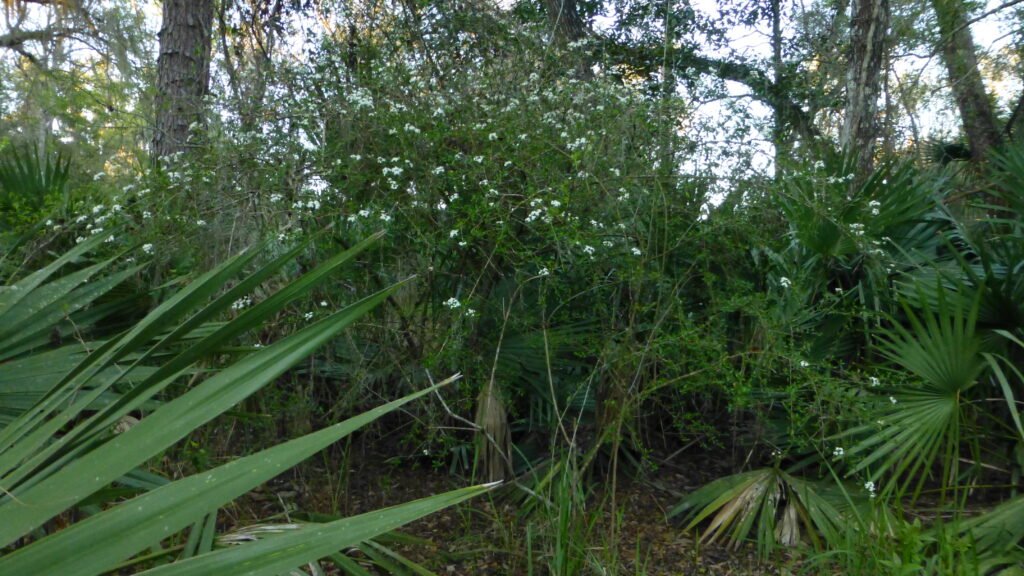
Common Names, Latin Name and Family
Its common names are Walter’s viburnum and small-leaf viburnum.
Its Latin name is Viburnum obovatum.
It is in the Viburnaceae, or viburnum, family.
Form
Walter’s viburnum, Viburnum obovatum, is a native shrub or small tree.
Mature plants can reach a height of 20 to 30 feet.
It produces suckers by way of underground runners and has the potential to create a large colony of shrubs.
It typically has a densely branched habit, but specimens grown in shade will be slightly more lanky. Branches produce many small, stiff, branchlets.
Leaves
The leaves are opposite, simple, 3/4 to 2 inches in length, and obovate in shape (narrower at base than tip).
Leaf margins are entire except for occasionally scalloping at the tips.
The lower leaf surface has small brown glandular dots.
It is tardily deciduous losing leaves as new ones emerge.
The leaves look much like yaupon holly, Ilex vomitoria, however the holly’s leaves are alternate.
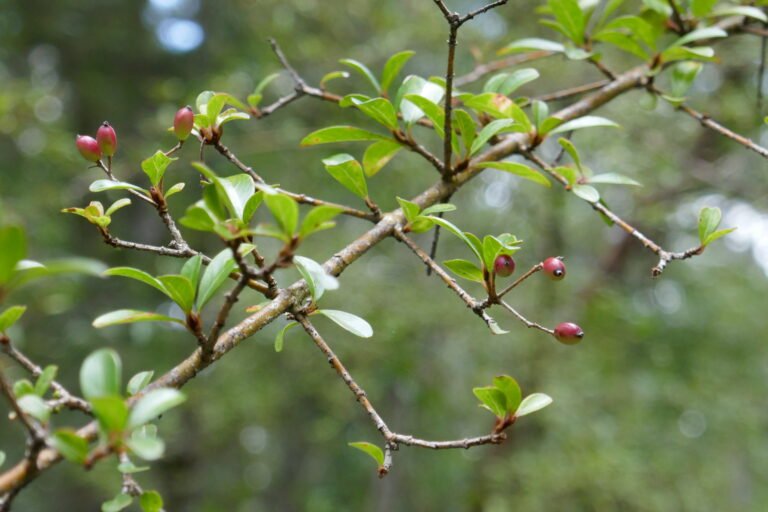
Flowers
The flowers are born in flat topped clusters.
The very small individual flowers have five petals and are an important nectar source for many insects.
Viburnum obovatum is the earliest blooming viburnum with numerous flat topped clusters of white flowers appearing in late winter to early spring.
It may also produce sporadic blooms in mid to late summer.

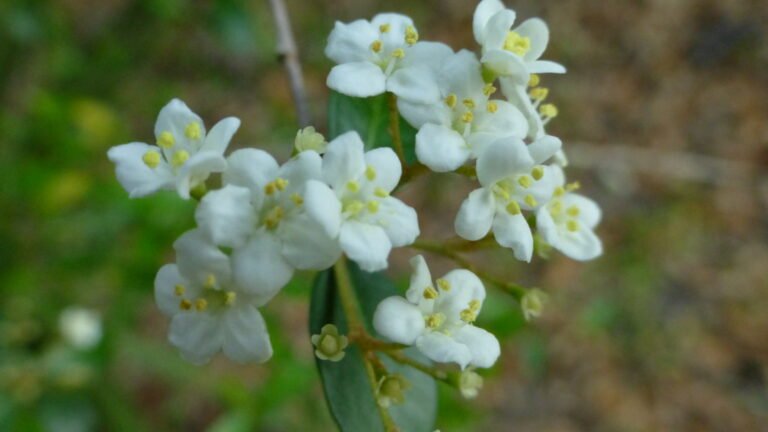
Fruit
Once the flowers get pollinated the fruit begins to form. At first it is green, then turns reddish, and then a dark blueish purple.
It is a flattened drupe that is oval to elliptic in shape with a single seed.
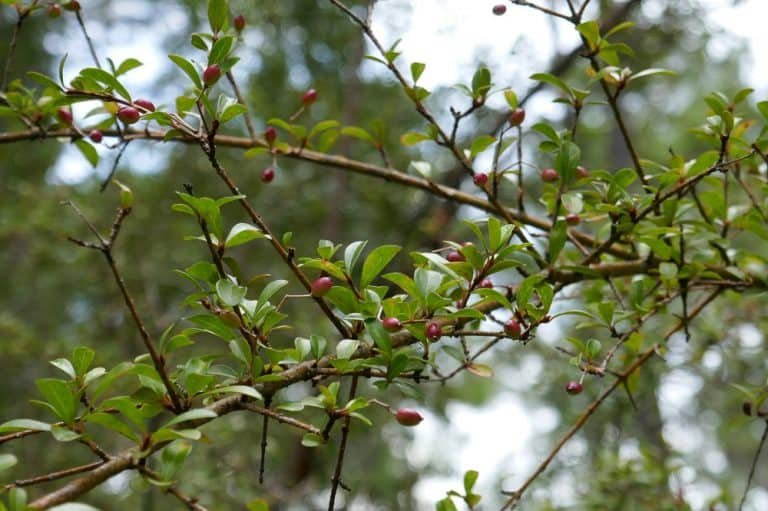
Habitat
It can be found growing in moist pine flatwoods, stream and river banks, swamps, pond margins, hammocks, and also in much drier upland areas.
Native Range
It can be found naturally occurring throughout most of the state of Florida.
It is also native to Alabama, Georgia and South Carolina.
Landscape Use
Viburnum obovatum can provide ornamental beauty to the home landscape as well as food and shelter for wildlife. It is an excellent candidate for use as a hedge because of its dense foliage and thicket forming habit, and can be pruned to maintain a desired shape or left to grow naturally.
The dense foliage provides excellent nesting habitat for songbirds. It will produce the most dense foliage and flowers if planted in partial sun, but will also tolerate much shadier areas.
It is extremely adaptable to a variety of conditions and can be grown in wet to dry conditions with sandy to organic soils. Once established it will be drought tolerant.
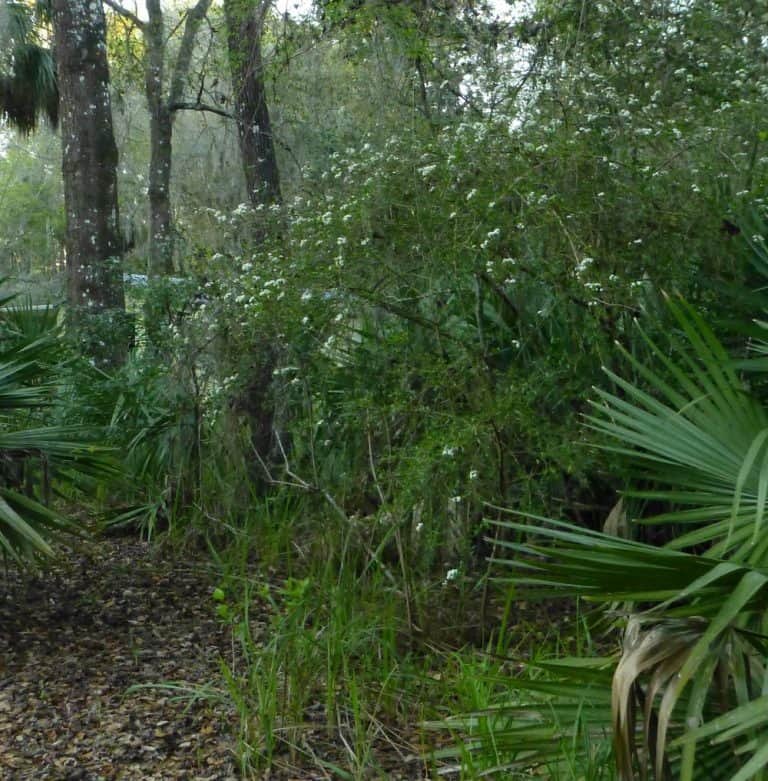
Wildlife Use
The flowers are used by a wide variety of pollinators.
The fruit is a food source for wild turkey, songbirds, and small mammals.
The plant is one of the host plants for the hummingbird clearwing moth.
The thickets that this plant form provide excellent cover and foraging areas for wildlife.
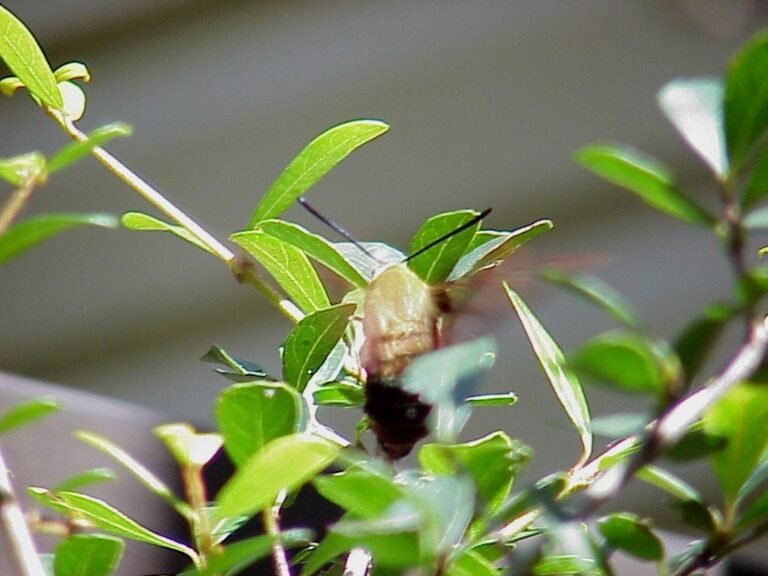
Propagation
Propagation can be most easily achieved by stem or root cuttings. The best time for cuttings is March through June.
Propagation can also be achieved by seed, sown immediately after collection, but cuttings are much easier and faster.
Next Article: Wax Myrtle
